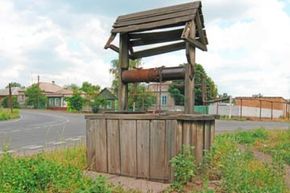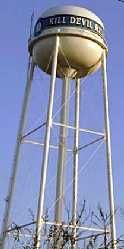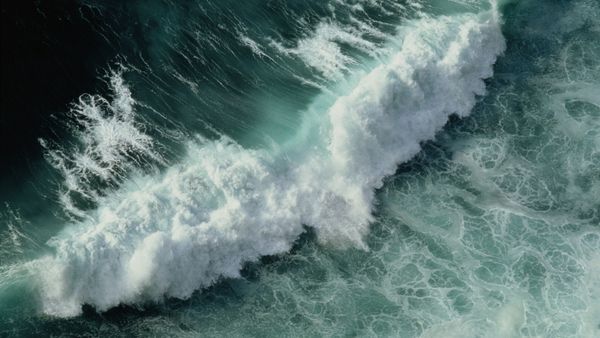One of the most important sources of our water is a natural resource we call groundwater. Groundwater makes up 98 percent of the usable water on Earth [source: Groundwater Foundation]. Not to be confused with surface water that we see in lakes, rivers and oceans, groundwater comes from rain, snow, sleet and hail that soaks into the ground. It fills the spaces between rocks, soil, gravel and sand, with gravity pulling it down until it reaches a level that is fully saturated. The top of this level of saturated water is known as the water table.
Groundwater comes to us mostly clean and free from pollution, but it can become contaminated, making it unfit for human use. Some of the most common contaminants are gasoline, oil, road salts and chemicals. One of the biggest sources of groundwater contamination is corroding, cracking or leaking storage tanks. Experts estimate that more than 10 million storage tanks are buried in the United States and that more than 20,000 abandoned and uncontrolled hazardous waste sites litter the country [source: Groundwater Foundation].
Advertisement
Septic systems used by those not connected to a city sewer system are another source of contamination and landfills can leak contaminants through cracks in their bottom layer. Rain even washes fertilizers, pesticides and road salts into the groundwater.
Those who drink contaminated water or come in contact with it can contract serious bacterial diseases, nervous system disorders, cancer and even liver or kidney failure. Wildlife and fish also experience adverse effects from contaminated groundwater [source: Groundwater Foundation].
Because it is deep in the ground, cleaning up contaminated groundwater can be difficult and costly, to the tune of millions of dollars. If you're a landowner considering the development of your property, you would be prudent to test the waters, so to speak, when planning your development. Local health agencies can assist in obtaining a water analysis.
In addition to groundwater quality, consider groundwater quantity when making your development plans. Low and high groundwater levels each come with their own set of issues. Read on for more details on how groundwater levels might change your development plans and what you can do to mitigate the effects.
Advertisement



